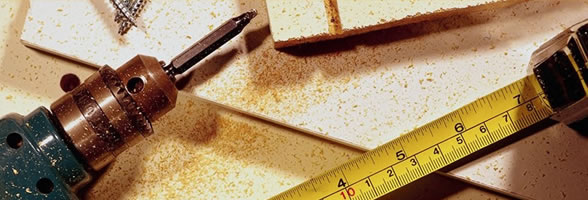
"Everything is rythm, the entire destiny of man is one heavinly rhythm, just as every work of art is one rythm, and everything swings from the poetizing lips of the god."According to Giorgio Agamben this statement by Germanromantic poet Friedrich Holderlin derives from a period of his life, 1807-43, that philologists usually define as the years of the poet's insanity. However Agamben finds in this one fragment of the poet's "incoherent speech" the "power that grants the work of art its original space". How is this so? Agamben explains:"Yet rhythm -as we commonly understand it- appears to introduce into this eternal flow a split and a stop. Thus in a musical piece, although it is somehow in time, we perceive rhythm as something that escapes the incessant flight of instants and appears almost as the presence of an atemporal dimension in time. In the same way, when we are before a work of art or a landscape bathed in the light of it's own presence, we perceive a stop in time, as though we were suddenly thrown into a more original time." The philosopher's meditation allows for a distinction between time understood as an infinite numerical succession and time as a momentous presence. The first can be symbolised by our chronometers and the second by the metronome, the device which, while producing regular, metrical ticks, helps musicians to internalize a clear sense of timing and tempo. This double figure of the chronometer versus the metronome can help us to understand the semiotic operations in Eleanna Martinou's painting.
The visual artist, a studied musician, often refers to the notion of rhythm as the underlying conceptual principle of her paintings. This is already visible in a 2005 series of paintings which constitute endess chromatic variations of an archaic Kouros, or in a 2008 series of mainly black and white portraits, which were conceived in accordance to the black and white keys of a piano. Martinou's paintings are visual equivalents of a perpetual dialectic of junction and disjunction or of relation and scission that incribes the body in a continuum of space and time. Manual dexterity and the meticulous application characterize Martinou's body of work. However we wouldn't describe these paintings as grids, a term which resonates rather with the architectural concept of a structure or a scheme. They are rather kind of a maze, or a spiral, which confronts the viewer with the endless occupation of the artist's body with her chosen material. This endless handcrafting, in which the artist seems to translate labour that affects the sences into thinking and vice versa, epitomises the notion of the work of art as rythm. Martinou's work is closer less to a language of architecture than to the language of nature, which according to Aristotelian physics, is rhythm that is, as the original principle of presence. This is probably the reason why we experience these "stops in time" as a more original time, something like the time, which occurs in meditation, or the recursive time of psychoanalysis, or, even better, the impossible time of being in love - probably the ultimate expression of life's rhythm.
Sotirios Bahtsetzis note on Eleanna Martinou’s work